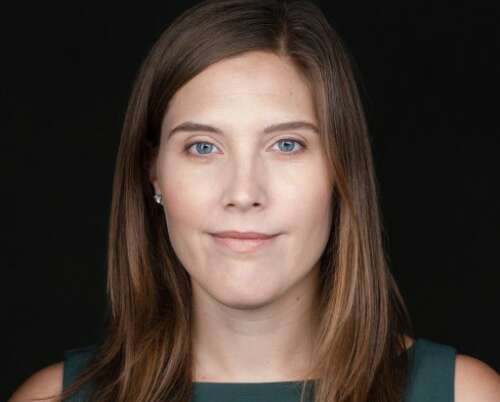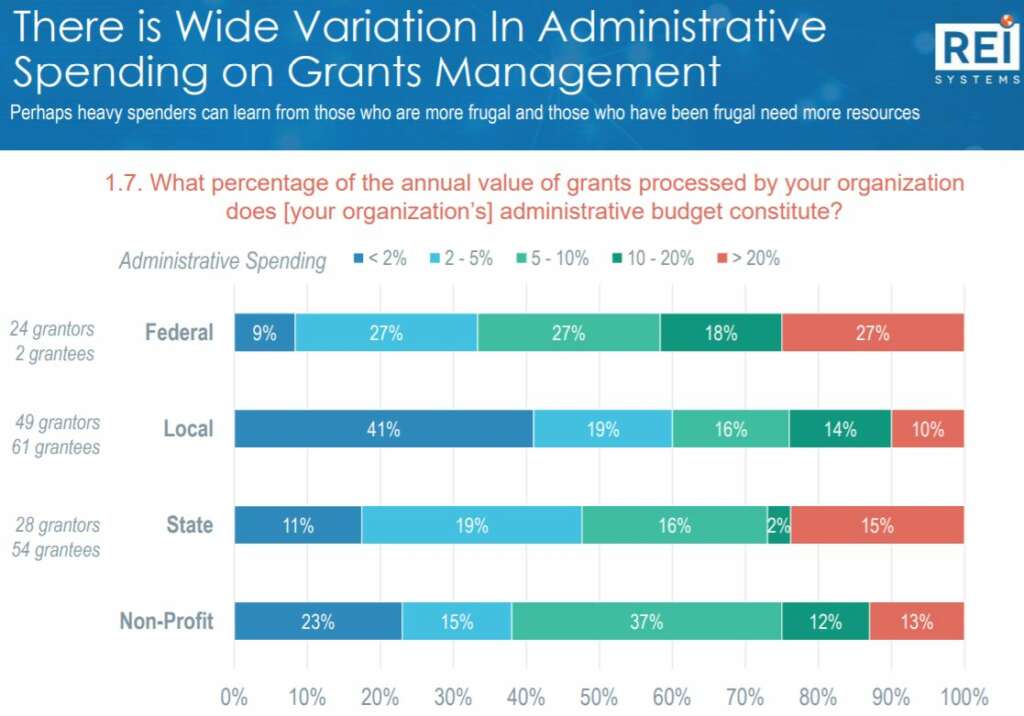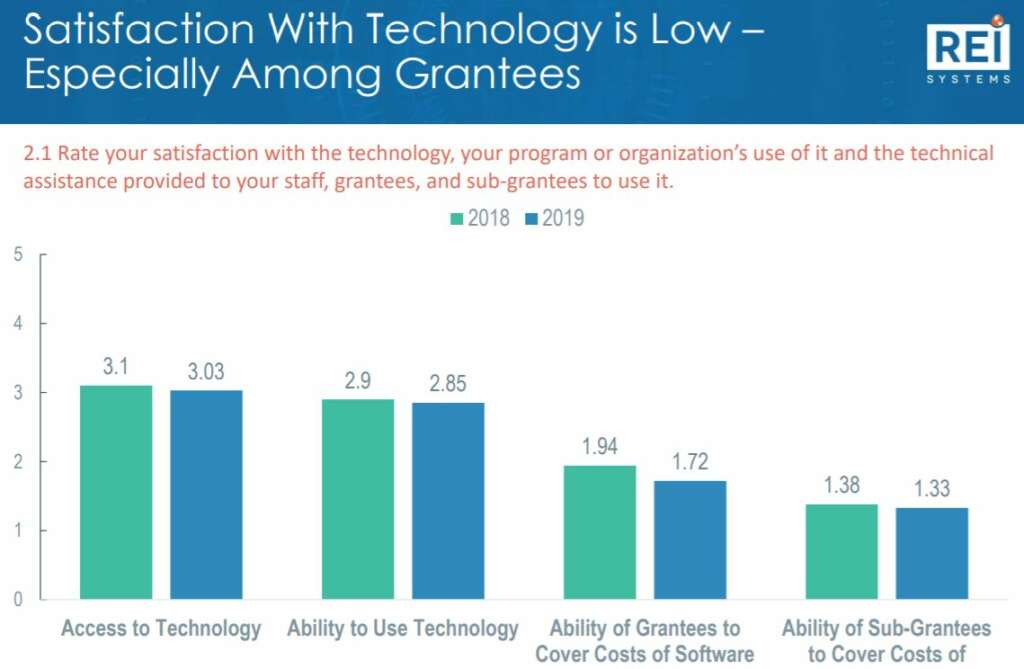

For the first time in seven years, the Office of Management and Budget is revamping the regulations that govern the federal grant making process based on changes in...
Title 2 of the Code of Federal Regulations is getting its first comprehensive update in seven years.
What’s Title 2 of the CFR and why should you care? Well there are 700 billion reasons to care — this is the part of the CFR that tells agencies how to hand out more than $700 billion a year in funding to state, local, non-profit and academia communities. That’s right, it’s the regulations that govern grant making.
Victoria Collin, the chief of the management controls and assistance branch in the Office of Federal Financial Management at the Office of Management and Budget, said the administration hopes to accomplish three main goals and three policy objectives with the new grant regulations.

The first goal is straightforward and outlined in the President’s Management Agenda both around more accountability and through shared services:
“There are a number of policy objectives that we are trying to advance that can be found throughout the guidance that taken together, we hope, will change the framework and shift the framework,” Collin said in an interview with Federal News Network. “We know grantees report spending about 40% of their time on compliance-related activities associated with managing grants. We know that’s not the most efficient way to manage these taxpayer dollars. Really our goal, first and foremost, is to comb through the suite of guidance and find opportunities to shift that balance so grantees can be truly focused on achieving their mission and ultimately the purpose of the award.”
The other policy objectives center on implementing the Grant Reporting Efficiency and Assistance Transparency (GREAT) Act — which President Donald Trump signed into law on Dec. 30 — the Digital Accountability and Transparency (DATA) Act, the Evidenced Based Policymaking Act and other statutory changes over the last seven years.
Collin said a final policy area will address questions and concerns from grantees — technical nits — that were inadvertently causing challenges.
OMB released the draft of the Title 2 rewrite in January and comments were due March 23.
The update centered on reducing burden, managing risk more effectively and overall achieving program goals and objectives by focusing more on the reason for the grant than the management of the grant processes.
The word “burden” is mentioned 58 times throughout the revision. OMB wants to ease the burden around everything from financial reconciliations to exempting foreign entities from registering in the System for Award Management (SAM) to the timing of submission of the disclosure statements.
Collin said reducing burden isn’t easy and agencies haven’t done a great job figuring out how best to hold grantees accountable.
This has led to administrative and compliance cost eating up more than 20% of all spending for 27% of all respondents in the recent 2019 Grants Management survey conducted by the National Grants Management Association, the George Washington University and REI Systems.
Respondents said financial compliance takes up about 30% of their time and non-financial compliance takes up 15% of their time, while bureaucratic processes and funding uncertainty were among their biggest challenges.

Tiffany Kessler, the vice president of NGMA, said during a recent panel discussion rolling out the grants survey, that one of the problems is there isn’t a clear definition of what an administrative or program cost is.
“We talked about whether we could get clarification on it, but I don’t think we can because there is too much gray area,” Kessler said. “It’s pretty clear there has to be a balance between programmatic outcomes and compliance. Do we have to have strong internal controls to maintain that balance?”
Cynthia Baugh, the deputy associate administrator in the Office of Federal Assistance Management at the Health Resources and Services Administration in the Department of Health and Human Services, said there are things agencies can do to reduce the compliance and administrative burdens such as pre-populating forms and streamlining processes.
“We think the GREAT Act will reduce the amount of data people will have to submit and the data will get more consistent,” she said at the panel. “Right now data standards are all over the place. We are working with HHS and other agencies to come up with standard data elements, and that will help.”
Collin said OMB tried to develop craft some language that gives agencies the tools, policies and controls to be more proactive to design programs to focus on outcomes and following it through until the end of the grant.
“Once we’ve done that, we can give agencies much more flexibility to structure the terms and conditions of any given award based on the risk that may be associated with a particular recipient and based on that particular recipient’s performance,” she said. “The dream at a very high level is that one day there will be a world where for recipients who are low risk, who have demonstrated financial management competencies and also who are high performing that agencies can give those grant recipients an award where the terms and conditions are much more streamlined in order to enable them to focus their time and effort on achieving the mission and far less time on the compliance requirements that would otherwise be distracting and burdensome.”
Collin said one of the most prominent changes is on program design, which would be the first time OMB has given guidance to agencies on how best to design their programs that focuses on outcomes and not outputs.
At the same time, Collin and the respondents in the grants management survey blamed legacy technology for adding to the compliance burdens.
“We know by implementing the GREAT Act and coming up with standards for grants reporting and being able to create updated, modernized and digital tools that make use of those standards, we also will be able to reduce a lot of that administrative burden associated with grants right now,” she said. “In October, we published our first round of standards for grants. We are starting to think about how to implement them. In the proposal, there is language that would require all grant recipient reporting to align to those standards.”
Survey respondents said their access to technology and their ability to use technology were unsatisfactory and getting worse when compared to 2018 results.

Collin said OMB hopes to get the new 2 CFR finalized by the end of calendar year 2020. She said the number of comments OMB receives will impact the timeline.
“That would finalize the requirement for agencies to align to the standards. As far as the timing for that to actually happen, we imagine it will take more time. Agencies will have to update their systems as they have the need for that and as systems that align to the standards become available,” she said. “We are actively working with HHS and other agencies to better understand what that world my look like and how we get there from an implementation perspective. It will take some time to actually make that happen.”
Collin said this is also why the grants management shared service, which HHS received the pre-designation of being a quality service management organization (QSMO), will help usher in new technology and new standards. OMB said on the Peformance.gov website that HHS would deliver a five-year plan to OMB and the General Services Administration in April, and then OMB would make a final designation by fiscal 2021.
Copyright © 2025 Federal News Network. All rights reserved. This website is not intended for users located within the European Economic Area.
Jason Miller is executive editor of Federal News Network and directs news coverage on the people, policy and programs of the federal government.
Follow @jmillerWFED


